26 Oracle rock star engineers changing the company
Jai Suri: IoT torch bearer

Mike Simons: debugging genius
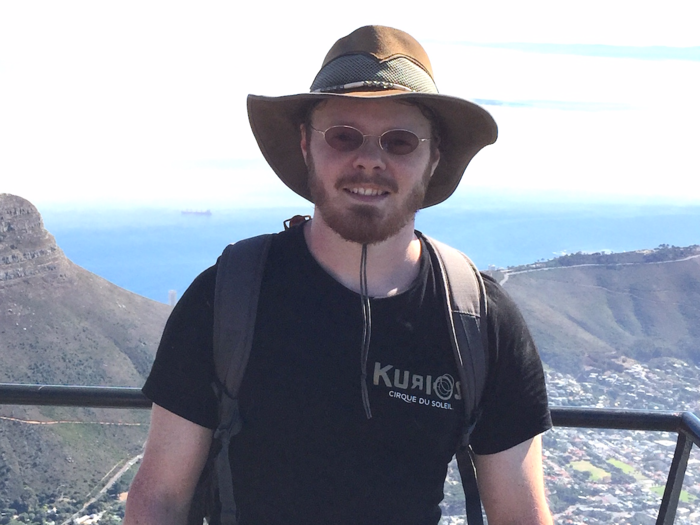
Mike Simons, 40, is a senior software architect within Oracle's Performance, Scalability, and Reliability engineering group. He's known as the driving force behind Oracle Public Cloud's storage and network architecture, with five patents and three pending.
He joined Oracle when it acquired PeopleSoft in 2005 and internally he's known as a "debugging genius" able to solve software bugs, sometimes in hours, that others have tried to fix for weeks.
"Some of the problems I've looked at only fail rarely, say 1 in 100,000 times," he says, adding that the trick is a combination of luck, persistence, and technique.
Its like "solving puzzles," he says, making his favorite part of his job, "The endless supply of puzzles!"
He's also got a wry sense of humor.
When asked his age he says, "I've been responding lately with 28 (which is my age in hexadecimal)." A hexadecimal uses a base of 16, instead of of the typical base of 10, so 28 hex = 40 in "human numbers."
Scott Albrecht: rewriting the IT playbook
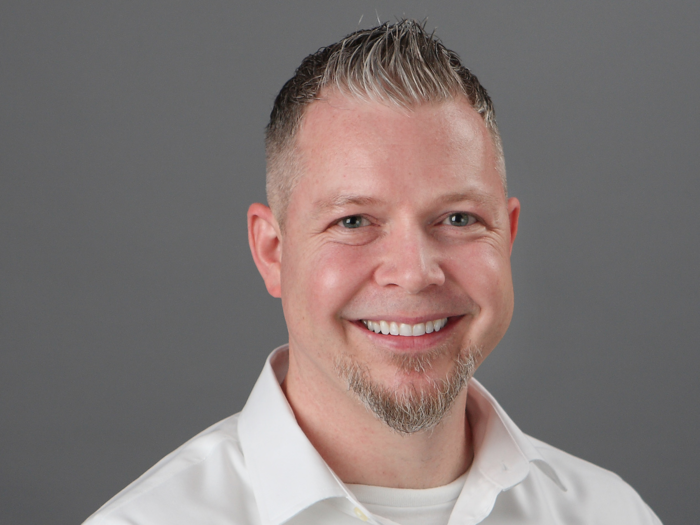
Scott Albrecht, 40, has helped rewrite the IT operations playbook for Oracle.
As Oracle becomes a cloud player, it wants to use its own cloud internally, and Albrecht is leading the change.
He explains the process like this, "The enormous scale and continued growth of Oracle’s Cloud requires us to concurrently be both mad scientists and complete pragmatists."
Albrecht has also made a name for himself helping Oracle recruit at college campuses, and he organizes “tech-talks” between professors and the commercial tech world.
"Partnership between the academic world and industry is vital to both," he says. It's a marriage between theory and practice, and "a beautiful reconciliation."
Stevan Malesevic: cloud architect extraordinaire
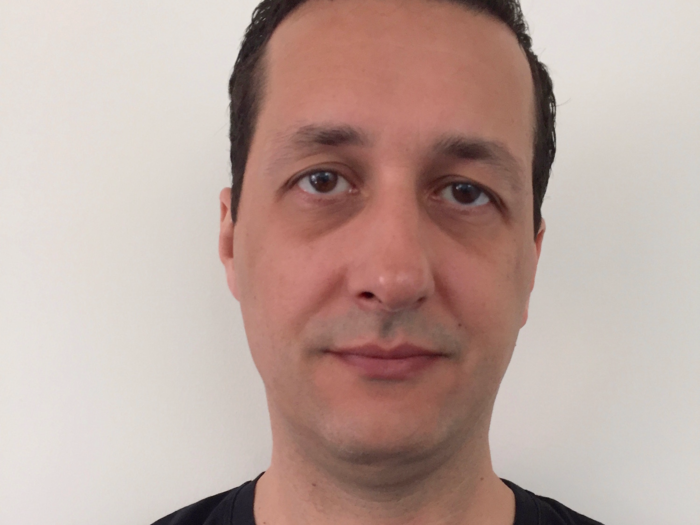
Stevan Malesevic, 40, is a senior software architect with Oracle Public Cloud, notably its Platform-as-a-Service (PaaS) cloud services.
He's been with Oracle for about 10 years and his job is to make sure that all the cloud services are built in a uniform way for the best performance and reliability.
He's known as a key designer of the PaaS cloud, which is a service that lets developers build and host apps.
He loves the challenge of designing a cloud that works fast while also considering that Oracle needs to "scale data centers to support large number of customers," he says.
"On top of that, every day I come to work I know I am going to work on something new and challenging, and get a chance to make a difference."
Akash Sagar: mobile pied piper
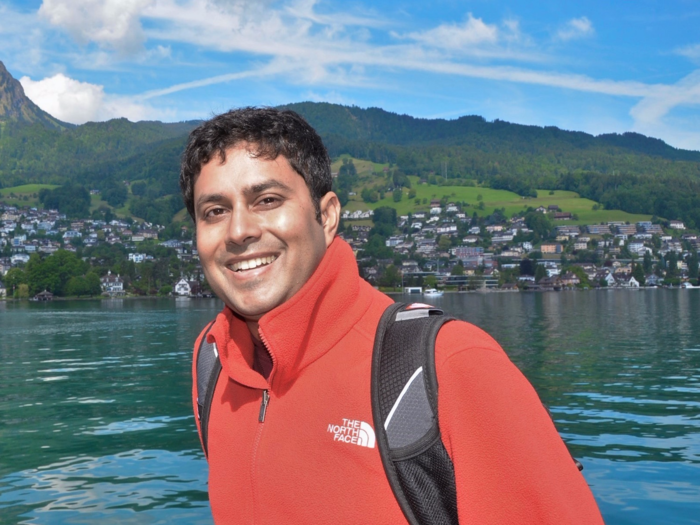
Akash Sagar, 40, is a senior director in the Mobile Cloud Service (MCS) group who joined the company just over three years ago.
He helped concieve and build MCS, Oracle’s flagship mobile product. MCS helps enterprise develoers write mobile apps for their employees or customers.
Sagar jokes that his initial team was made up of "old school" Oracle engineers who didn't know much about mobile programming, and were being pressured to get the cloud service done fast.
"A credit to the Oracle old timers was that they had the passion to learn something new, challenge conventional thinking, and innovate," he says.
The MCS product was surprisingly well received when it debuted, and he's proud that Oracle went "from being a non-player in the mobile space" to having some legit game, he says.
When not at work, "I love to jam on my Les Paul, hike the nearby hills and play with my kids."
Omri Traub: Unlocking data's secrets
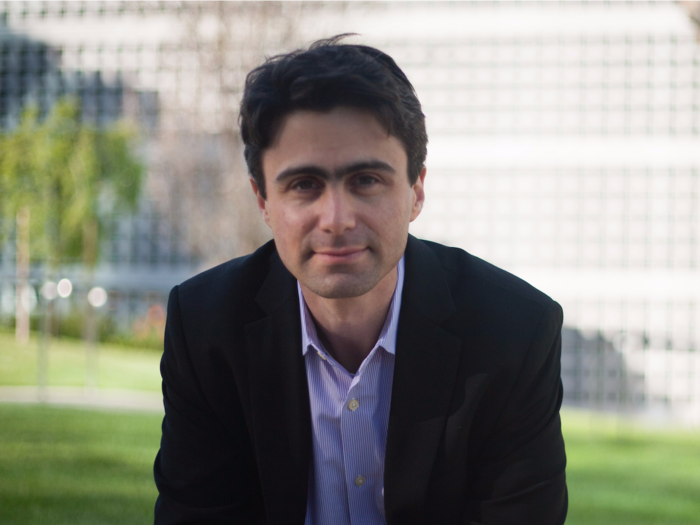
Omri Traub, 39, is a vice president of software development currently leading the Endeca team of about 150 engineers.
He came to Oracle when it acquired Endeca in 2011 for $1.1 billion. He had been a director of engineering there prior to the acquisition.
Endeca is a data visualization tool, which makes big data analytics usable for the average business person.
"We call these people Citizen Data Scientists," he says.
His favorite thing about the job is just about everything. "I love this product. I love listening to our users describe what they do with it," he says. "It also helps that I do this with an awesome group of people."
When not working, "I love to cook. I love to travel. I love photography. And in what spare time I have, I also play chess and the cello."
Charles Gordon: smarter cloud builder
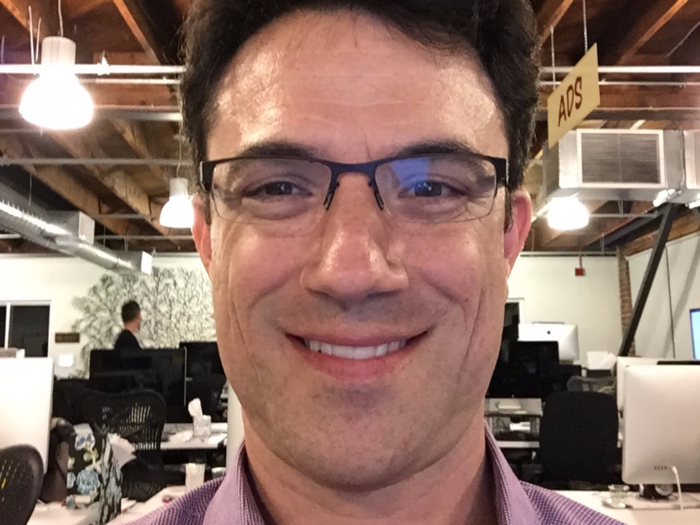
Charles Gordon, 39, is an architect in Oracle's cloud engineering center in San Francisco.
He's been at Oracle less than a year, coming from Pinterest, where he helped create Pinterest's search function. Because Pinterest used cloud technology, "We were able to do that in a couple months, with a team of three."
He also worked at Amazon for a decade before that, working on book search, the Kindle, and at Amazon's experimental lab A9. And he did a stint at the IMDb, the Internet Movie Database.
At Oracle, he's using all that experience to help the company build its newest infrastructure-as-a-service cloud, which will take on Amazon Web Services. "The market for cloud infrastructure is incredibly young and there is a lot of room to make it better and even easier to use."
When not working, he likes to play with his two year old son, who's into trains, but, he says."I'm eagerly awaiting the chance to introduce him to Legos. Purely for his own benefit, of course!"
Nathan Reynolds: the real-time mastermind
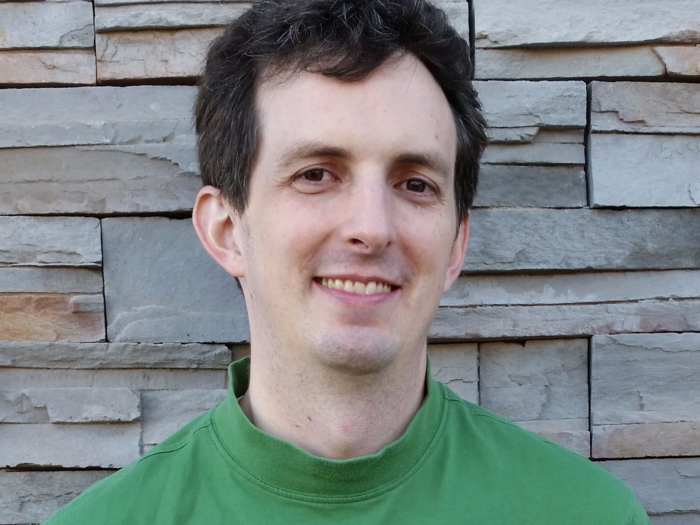
Nathan Reynolds, 39, is an architect for Oracle's Performance, Scalability and Reliability (PSR) unit and is known internally as the mastermind behind the real-time monitoring and diagnostic tools for Oracle's cloud.
He's considered brilliant among his peers and holds five patents with another three pending.
He joined Oracle when it acquired Siebel Systems in 2006.
"I've been programming since I was 8 years old on an Apple IIc," he tells us. "Trying to figure out how to solve the problem is most satisfying."
On a personal level, "I also read something everyday for self improvement including spiritual development," he says.
John Bley: Opening Oracle to all
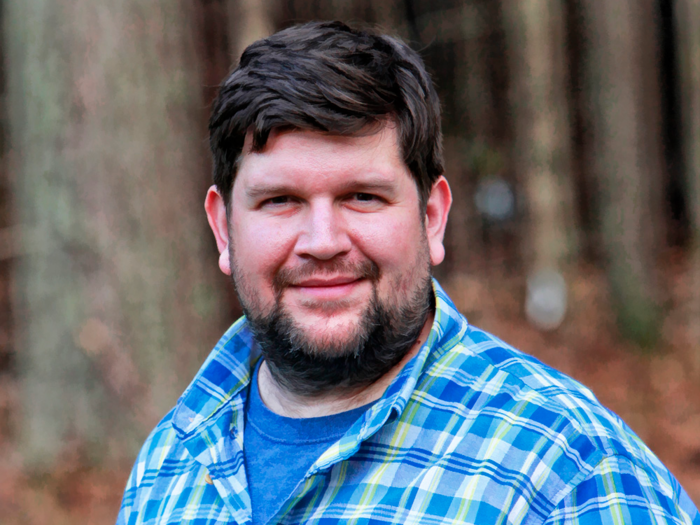
John Bley, 38, joined Oracle two years ago as an architect in the Systems Management division after working at a series of startups (BlueStripe Software, sold to Microsoft, and Crittercism).
His job is to support non-Oracle technologies that Oracle's customers use on Oracle's cloud.
He says that after working at startups, he wasn't sure what to expect when joining a software giant. "On my first day, though, it became clear that Oracle has a very collegial work atmosphere."
He studied English for his undergrad degree before getting a masters in computer science and says when he's not working, he's reading.
"I also juggle, and play Minecraft with my kids."
Jesse Kamp: leader of the crown jewel
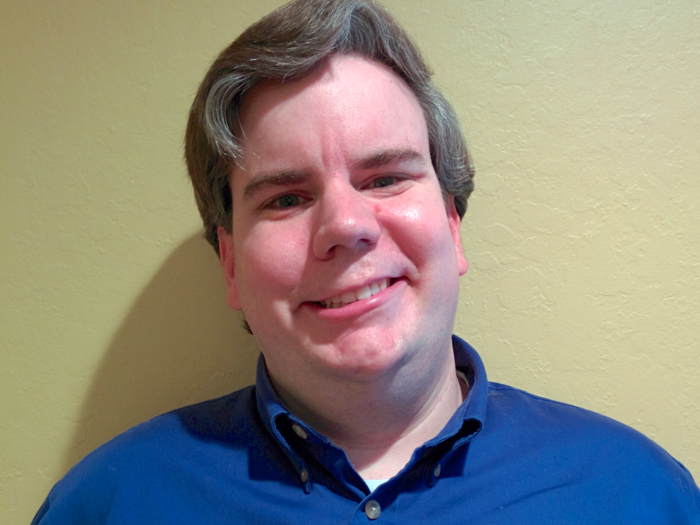
Jesse Kamp, 37, is a senior engineer known as one of the major stars of Oracle’s crown jewels, its database.
He led the teams that designed the critical in-memory database options that allowed Oracle to have game in the hot in-memory database market (and thumb its nose at arch rival SAP's in-memory database, HANA).
Theos features encouraged customers to upgrade their database and generated billions of dollars for the company.
"We were working on an atypically tight schedule and there were times when it seemed quite daunting that we would ever get it done," he says.
But the best part was when Oracle's famous founder Larry Ellison announced the in-memory database at Oracle's huge customer conference, Openworld. "Our entire team got VIP seating and specially made hats thanks to our product manager Maria."
He's been with Oracle nine years and says the key to good leadership is caring about "as individuals, outside of the particular work they are doing with you."
Mark Cavage: experienced team builder
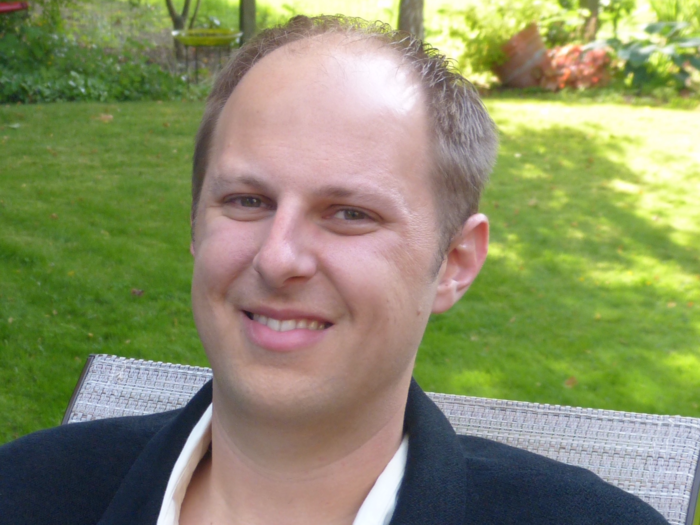
Mark Cavage, 37, is a senior director at the helm of several engineering teams at Oracle that are building new services for Oracle's new Infrastructure-as-service cloud.
He's been at Oracle for just over a year, coming by way of Joyent. Before that, he was the chief architect for Amazon Web Services password management product.
His favorite thing about his current job is that "Oracle is incredibly serious about the cloud space" which means he's got the support to move fast and hire the best talent.
"That's incredibly motivating," he says.
He's also got an alter ego as a former professional musician, playing banjo in "a relatively successful bluegrass band," he says. "In the past few years I've focused on studying guitar in the style of Django Reinhardt (gypsy jazz)."
Eben Kunz: the engineer's engineer
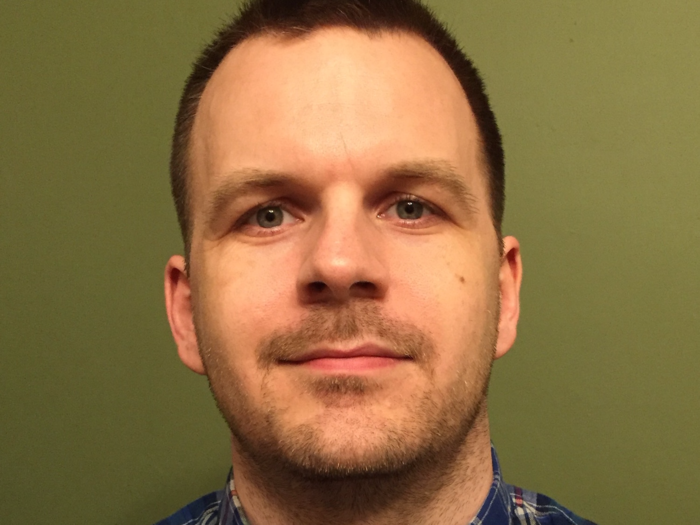
Eben Kunz, 37, has been at Oracle for four years, working in an electrical engineering unit called Signal Integrity, which deals with the electrical components in Oracle's hardware systems.
The SI engineers are a relatively small and tight-knit group, Kunz tells us. Kunz made a name among them for revamping Oracle's home-grown simulation tool used to do electrical engineering projects. The tool then spread to use in other Oracle engineering groups.
As for his favorite part of the job, "I just generally like making things," he says. It still gives him a thrill when a design has been given the "go" to become a product.
When not at work, he hangs with his one-year old, who's just learning to walk. "Helping a toddler stumble about is very entertaining."
Kunz is also into Legos, with "an extensive Lego Technic collection" which he hopes his son will one day enjoy, too.
Simon Ustimenko: the most versatile engineer
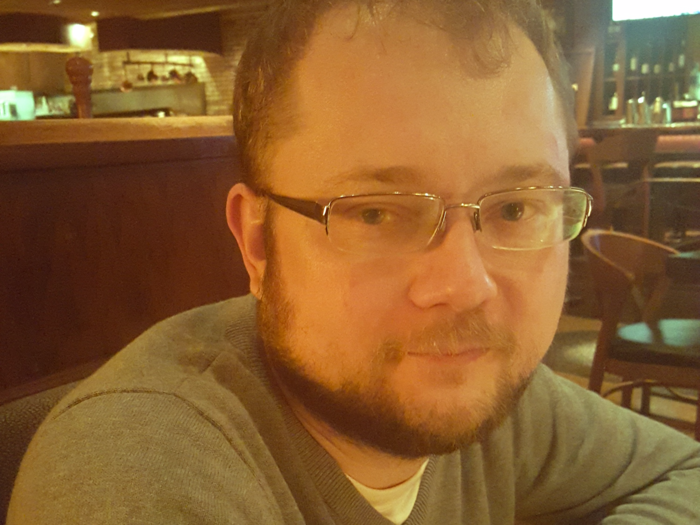
Simon Ustimenko, 36, has made a name for himself internally for being a versatile engineer in Oracle database division.
He's been with the company for five years doing everything from working on new features to fixing complex bugs.
"There is a lot of beauty in engineering," he says, adding that its fascinating "to see how someone's imagination gets converted into an actual product."
His favorite part of his job is fixing bugs.
"Bugs — I love those — it's like you're suddenly a detective. There is a crime scene, witnesses and suspects," and solving the crime is "a very unique and rewarding feeling."
Outside of work, Simon is a first-degree black belt in Aikido.
The first time he called the dojo, he asked "if I can get a kimono from them for practice. Kindly I was explained that 'kimono' is a dress, and what I really need is a 'gi' or 'dogi'." And yes, they loaned him one.
Niloy Mukherjee: database star
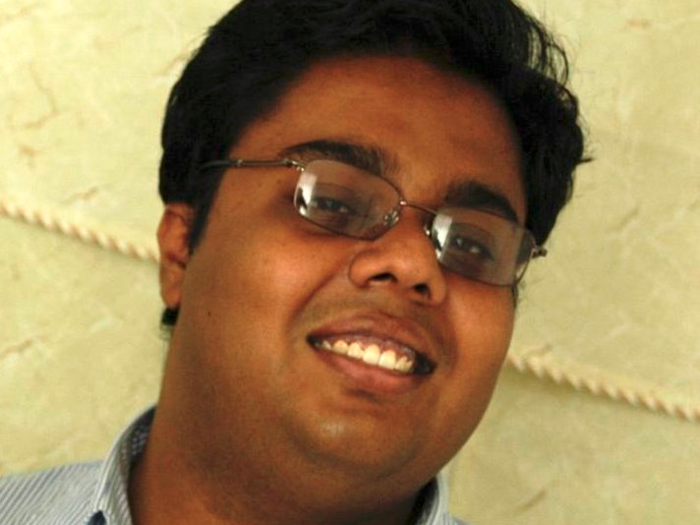
Niloy Mukherjee, 36, is one of the stars of Oracle's most important products, the database.
He's been at Oracle for 12 years and recently distinguished himself as a member of the in-memory database team for Oracle 12c, the flagship version. The in-memory option allows Oracle to compete in the important in-memory database market.
"The journey of developing the Oracle database in-memory option has been filled with moments of pride and achievements," he says.
"It is not every day that Larry Ellison personally launches a product that you have spent a few years on and shows off your contributions in a room full of industry analysts and customer representations," he says.
Mukherjee is also a history buff. When he's not working, he likes to travel to "places of ancient, medieval and modern historical importance around the world," he says.
Allison Holloway: Queen of Scan
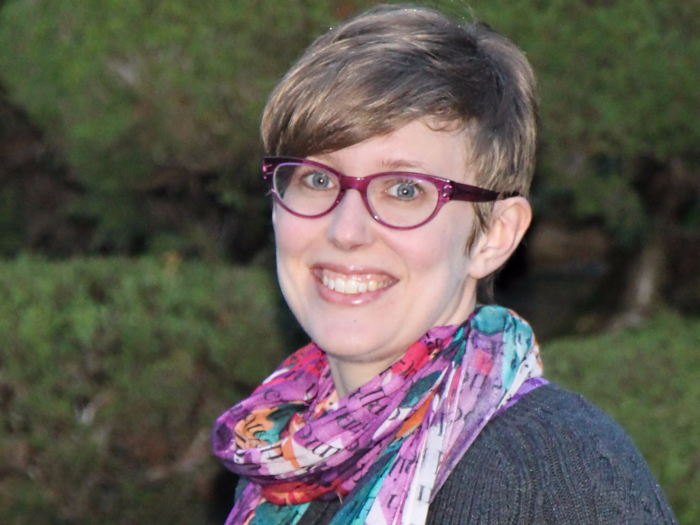
Allison Holloway, 35, has a PhD from the University of Wisconsin in database storage systems and computer architecture.
She's been with Oracle for nearly 7 years, putting her smarts to use on Oracle’s “software in silicon” tech. That's where database features are being hard-wired into chips to speed performance.
Internally, she's affectionately known as the Queen of Scan for coming up with some innovative new ways for the database to "scan" through gobs of data faster.
Her work was key to two of Oracle's most popular performance-boosting databse features, the in-memory database option and the Hybrid Columnar Compression option.
"It feels great to know that my work has had a positive impact for so many customers," she says.
When not at work, she's happy to be hanging at home these days. "I am a newlywed, so I spend a lot of time with my husband and our two cats."
Nilesh Choudhury: product-building star
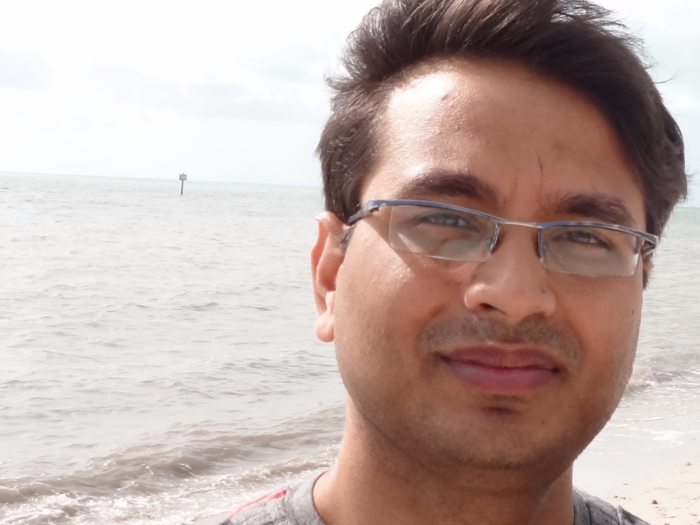
Nilesh Choudhury, 34, is a senior software development manager who joined Oracle straight out of college nine years ago.
Oracle lured him away from his PhD (he never finished) to work on "a cool project that was being done at Oracle, Exadata."
This is Oracle's high-performance database/server/storage combo machine that has become a multi-billion product for the company.
When Choudhury joined "It was a small team with five people working on it. In hindsight it was one of the best decisions of my life," he says. The product is used by many of Oracle's customers, from retail to banks to stock exchanges.
"It is amazingly satisfying to know that my code and product are humming along making these real businesses thrive."
Ed Macosky: prince of integration
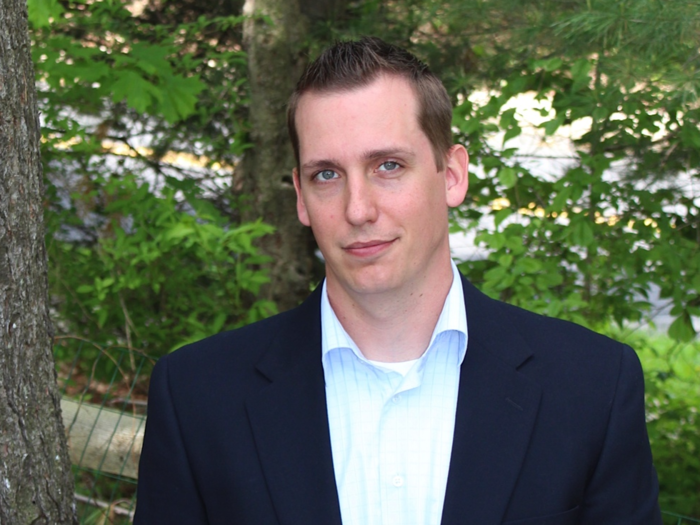
Ed Macosky, 34, is a senior director of software development for Oracle's cloud integration products. His leads teams responsible for Oracle’s iPaaS services, which developers use to help various apps work togther.
He's been with the company for less than two years (poached from Dell's Boomi cloud) but his team has already delivered 8 updates, and counting.
He says he's particularly proud to have helped Oracle with this product. His favorite thing is about the job is talking with customers who are using it. "Seeing the continued excitement within our customer base has been extremely rewarding."
He moved his family from his home state of Pennsylvania to join Oracle, so when he's not working, he and family are out exploring all the fun things to do in the the Bay Area, he says.
Tushar Jain: core of the cloud
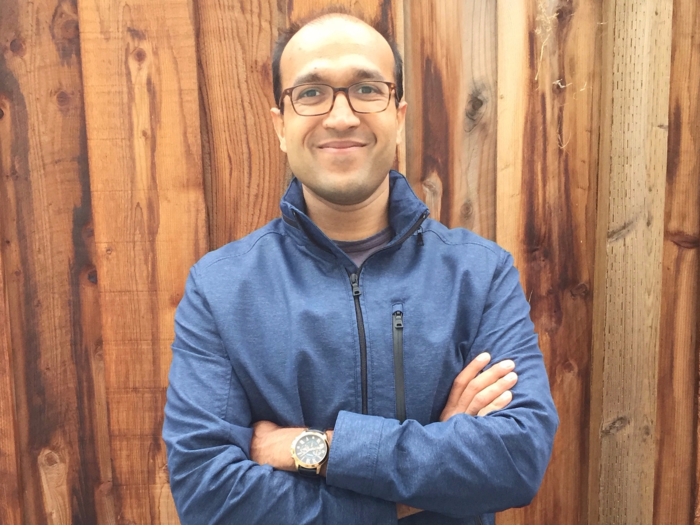
Tushar Jain, 33, is a senior engineer working in the Oracle Cloud engineering center in San Francisco, where he's responsible for helping Oracle build the core systems it needs for its new cloud, the Infrastructure-as-a-Service cloud the competes head-to-head with Amazon Web Services.
He's been at Oracle for less than a year, poached from a startup called Nextbit. He worked at Dropbox before that, and Amazon Web Services before that.
He says that the lesson he learned at AWS "in spades" is that bugs will happen and the key is how fast they can be fixed.
In one particularly memorable experience, when a new Dropbox iOS app had issues, "The entire iOS team worked through the night to investigate and fix every crash. The next day we released a new update," he says.
His favorite things about working at Oracle is "the high degree of trust between teams which allows each team to have a lot of autonomy."
When not working, he's an avid Bay Area cyclist and he also plays "small stakes" poker.
Kavin Kumar: the agile developer
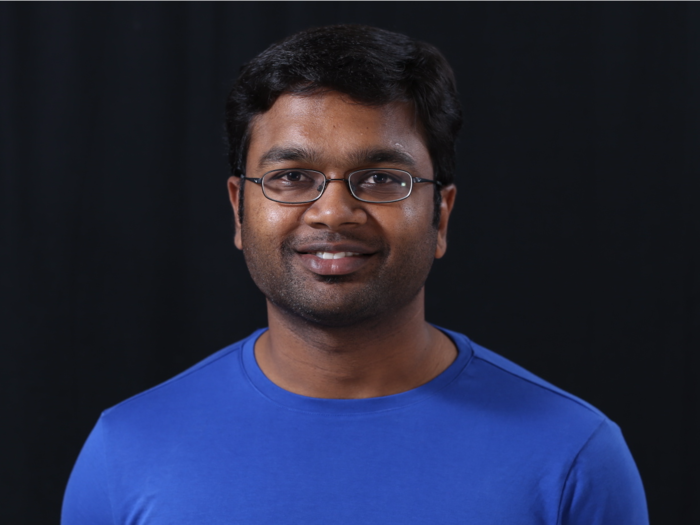
Kavin Kumar, 31, runs a team that brings agile development techniques to Oracle's huge roster of software developers.
This has helped Oracle shift from a long-term, slow-and-cautious development style, to the fast-paced cloud world, where new features are rolled out constantly.
As he explains it, "For any inefficiency that we see in our development model, we come up with creative solutions and tools."
He's been at Oracle for almost nine years, and says he's proud of being a top contributor on the forums thet help his fellow software engineers at the company.
Beyond work, he's an avid sports fan.
He loves cricket, watching "almost every cricket game that India plays" and spending his Saturdays playing on a Bay Area cricket team. He also loves Formula One car facing, (a Sebastian Vettel fan) and he just started getting into American football.
Adrian Ng: technical star
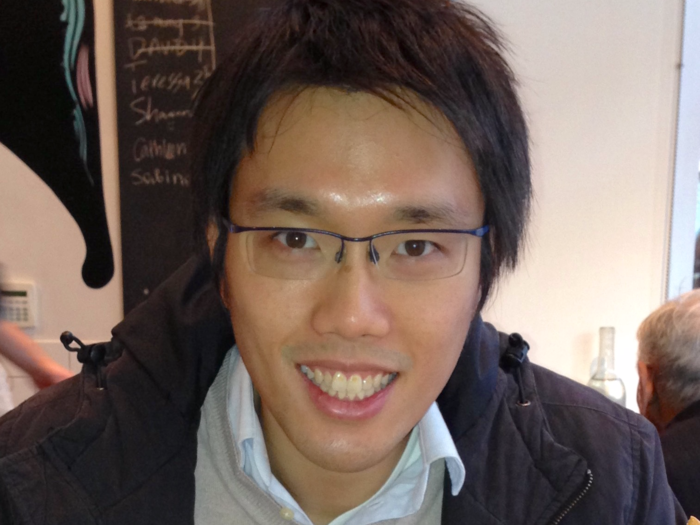
Adrian Ng, 31, is a senior manager leading teams working on some critical projects for Oracle's Exadata machines.
In his nine years of engineering work at Oracle, one of his favorite moments happened last year.
That's when Oracle's famous founder and CTO Larry Ellison, stood on stage at Oracle's big customer conference and talked about his work, a feature for Oracle's in-memory database option.
"Ellison devoted one slide of his opening keynote to the project that I co-led for the last two years," he says. "This was a moment that I was particularly proud of."
He says his favorite thing about his job is that "people are all using the software that our team works on every day."
When not at work, he likes to travel. "Traveling broadens my mind and makes me become more open to new ideas. I become more creative and inspired," he says.
Serdar Kadioglu: turning theory into products
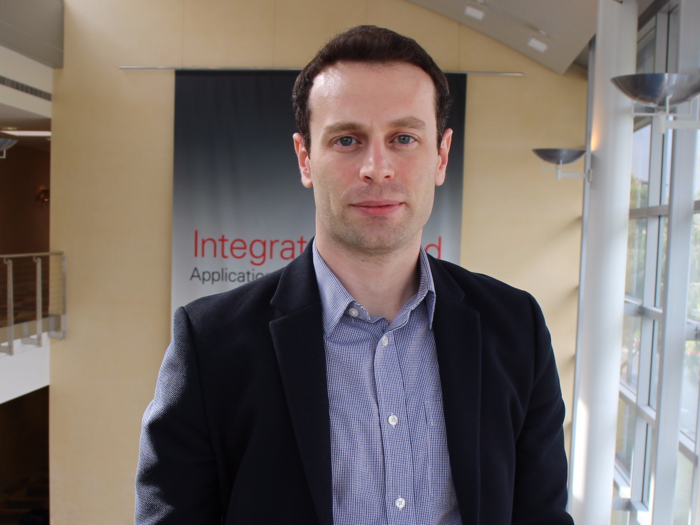
Serdar Kadioglu, 30, is an R&D Project Leader at Oracle.
His role is to "play multiple roles at the same time; researcher, developer, consultant, manager."
His PhD work in mathametical programming, contraint programming, and Boolean expressions at Brown University earned him an IBM Ph.D. Scholarship award in 2010 and a gold medal in the International SAT Solver competition in 2011.
Inside Oracle he's working on delivering smart, fast, and affordable analytics as a cloud service. "With the advent of the cloud, I believe intelligent decision making should no longer be an exclusive privilege," he says.
When he's not turning theoretical ideas into actual products, he's an avid soccer fan. "I play, watch and coach."
Rahul Yadav: shining with Solaris
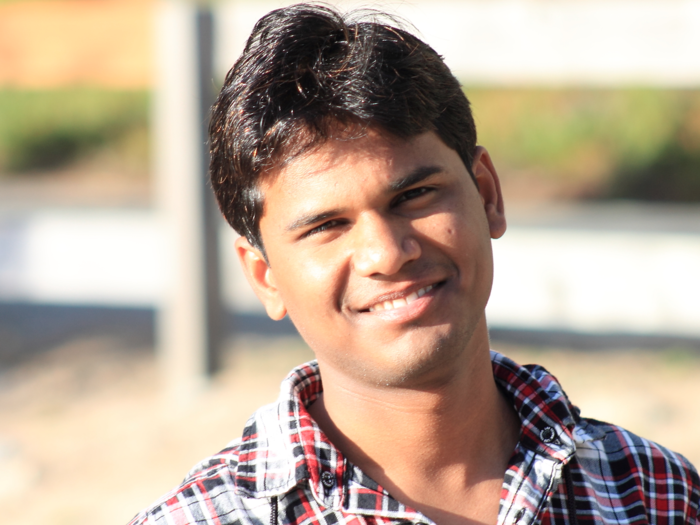
Rahul Yadav, 29, is a senior software engineer in the Solaris Core Kernel team. He landed at Oracle four years ago after doing some innovative graduate work on large-scale computer systems.
Now he's working on the version of the Oracle database that runs on the Solaris operating system and Oracle's SPARC chips. He's creating features that are "intelligent so that they can dynamically change their behavior to give best possible performance."
He's got two patents pending from this work.
His favorite aprt about the job is "flexibility!" he says, meaning he can choose his projects and work flexible hours.
During those off hours he's a reader and writer of fiction in two languages. "I write stories in English and my mother tongue Hindi."
Zuoyu Tao: rising to the technical challenge
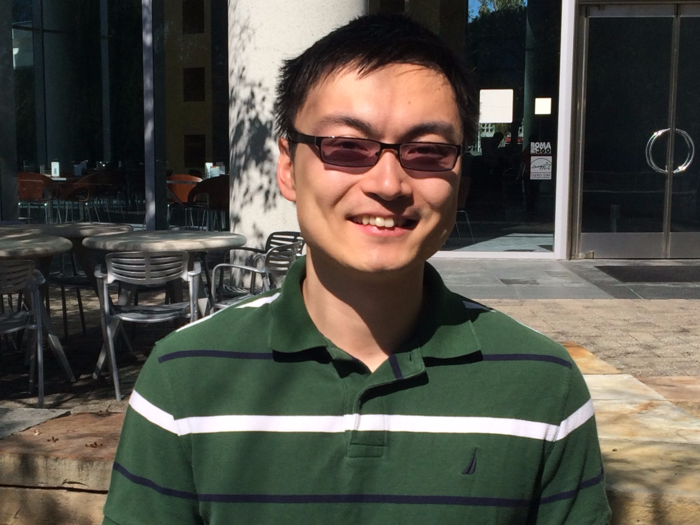
Zuoyu Tao, 27, is known internally as a superstar developer who takes on some of the most technically challenging new features.
He's been on the Oracle Exadata team for about five years, joining from MIT with a perfect 5.0 GPA.
In 2015, he was promoted to Software Development Manager and is working on two major features for Exadata. (Exadata is a product combines a computer, server, storage and Oracle database.)
One feature uses new persistent memory technology to make storage even faster. The other is a way to store data so that it remains available even if a component fails.
His most proud moment so far was his last project, which also improved performance. "Completing it and watching customers use it was pretty satisfying," he says.
"There's a lot of interesting technical challenges that are found only when working with things at the scale of Exadata," he says.
Clay Magouyrk: the heart of Oracle Seattle
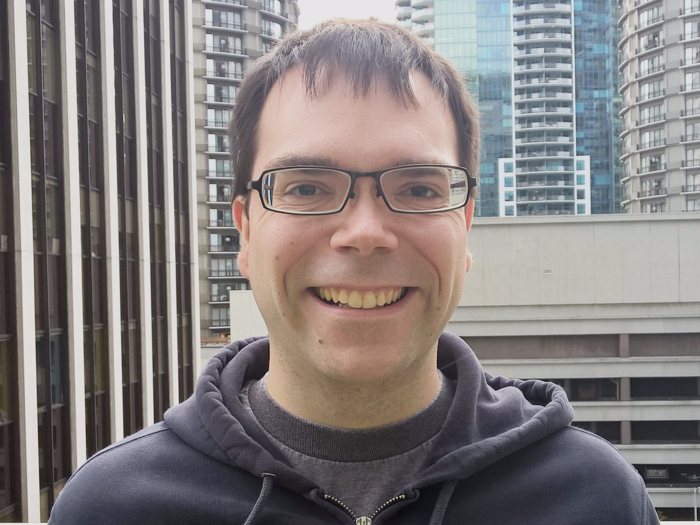
Clay Magouyrk, 29, was the first engineer hired into the Oracle Cloud infrastructure team in Seattle.
He was poached from Amazon less than two years ago, where he was a star engineer for Amazon Web Services and Amazon Kindle.
He's since helped build the Seattle team into one of Oracle's most respected engineering groups internally.
"I joined when we had four people and no real office, and today we have more than 200 people across four offices," he says. "We’re tackling incredible challenges that everyone told me were stupid to attempt. We’re well on our way to success."
Magouyrk has a thing for risk and adventue. When not working, "I love racing cars, specifically open wheel, open cockpit race cars. I started racing a couple of years ago and became hooked," he says. (Here's a YouTube video of him racing.)
Racing "requires you to face your fears, and rewards you for doing so," he explains.
Claire Ni: a "go-to" engineer

Claire Nim, 27, is a senior hardware engineer that joined Oracle four years ago straight from Stanford.
She's working on a team of about 20 engineers who are designing parts of the next generation of Oracle's SPARC chips.
She's leading a group working on the caching function. But internally, she's also known as the "go to" person for cross-function projects.
Chips keep gettng smaller and more powerful and designing them without bugs is extremely hard.
So one of her proudest moments was designing a chip that had "no errors, and no bugs have been found in post-silicon." She also came up with a method that helps the team better validate designs before they are sent into production.
Her favorite part of the job? "Challenges never end."
Kris Kooi: gatekeeper and protector
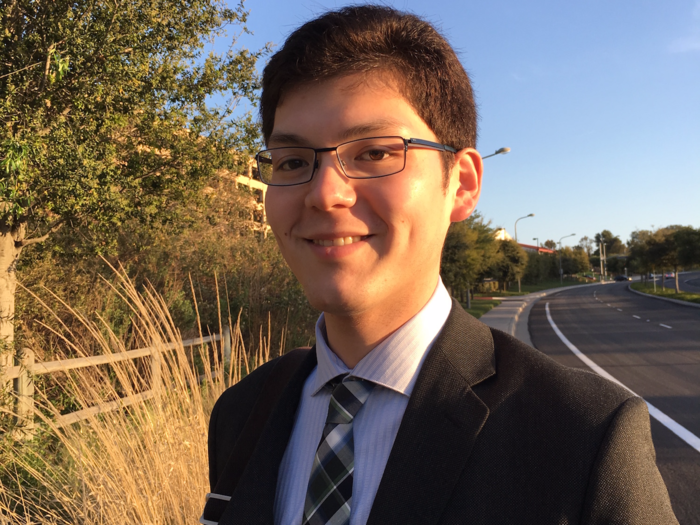
Kris Kooi, 27, came to Oracle two years ago after receiving a master’s degree in computer science from Cornell University.
Last year, he became the "assistant gatekeeper" of the Solaris operating system, which means he keeps the infrasturcture up and works on projects that make life easier for his fellow developers.
He also working on making Solaris more secure. He worked on hardware-assisted cryptograpy (making it faster/easier to encrypt data) and kernel security.
"I like solving puzzles, and most of my hobbies reflect that. I'm a big fan of board games, video games, and escape rooms."
Escape rooms are like real life video games. Players are trapped in a room and have to solve puzzles to get out.
Kris Kooi is also known around Oracle as a latte artist. So far, he's mastered the latte heart.

Kooi tells us: "I've been using the espresso machine at the office to practice my latte art. I'm not very good, but I can pour a heart pretty consistently at this point."
Popular Right Now
Popular Keywords
- India’s wearables market decline
- Vivo V40 Pro vs OnePlus 12R
- Nothing Phone (2a) Plus vs OnePlus Nord 4
- Upcoming smartphones launching in August
- Nothing Phone (2a) review
- Current Location in Google
- Hide Whatsapp Messages
- Phone is hacked or not
- Whatsapp Deleted Messages
- Download photos from Whatsapp
- Instagram Messages
- How to lock facebook profile
- Android 14
- Unfollowed on Instagram
Advertisement